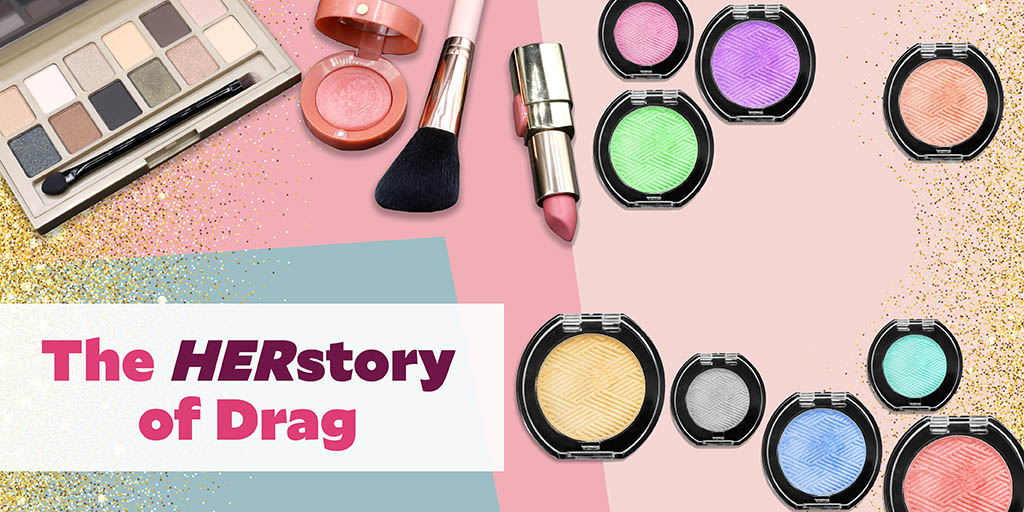The HERstory of drag

Drag has been pushed more and more into the entertainment world. Shows like the Emmy award winning Ru Paul’s Drag Race gained over a million viewers for the premier of it’s tenth season. There is no question that drag is fascinating to many whether for the fashion, comedy, or any other reason. But what is the history, or as Ru Paul calls it, the Her story of drag?
Men and women have been cross dressing since the beginning so there is no way to really say when drag started. What a lot of people don’t know is that drag has a place in some ancient ceremonies. Aztecs, Incas, Japanese, ancient Greek and Egyptian cultures would use drag for many different type of ceremonies. That being said there isn’t much information as to why they would cross-dress. Some theories include confusing evil spirits and a way of thanks giving to Goddesses. As time went on, drag eventually became less spiritual and more performance based.
We can pin point where the term “drag” came from a bit better. Drag came from the theatre world back when women weren’t allowed to perform and men would have to dress as women for female roles. It was seen as offensive and sacrilegious for women to perform during this time. It’s speculated that the word “drag” came from the dragging of long gowns across the stage and floors. Drag evolved into being seen in vaudeville shows throughout the early nineteenth century. Both drag queens and drag kings were referred to as female or male impersonators respectively.
Once homosexuality was illegal, many drag queens and kings decided to go behind closed doors for their safety. When prohibition was in place and speakeasies and other underground communities were established, many queens and kings would gather and perform there. This way they were out of the vision of police and could live as a man by day and woman by night. These secret gay bars continued to grow until the 1950s where law enforcement began to crack down on the LGBTQ+ community. Small communities where drag queens would gather was called a “haus”, a term that is still used today when referring to a drag family. These hauses would be used for drag queens who were kicked out of their homes and shunned by the rest of society. Police brutality towards members of the LGBTQ+ community came to a peak at the Stonewall riots. Many argue Stonewall was the push for modern LGBTQ+ activism.
One of the most iconic drag queens came about in the 1970s when John Waters produced and directed the movie Pink Flamingos starring the drag queen known as Divine. Although this movie is seen as counter culture, it grew a cult following. This lead to Divine landing the role as Tracy’s mom in the musical Hairspray. Divine set the tradition that the character would be played by a man in drag. Another movie that gained a cult following was The Rocky Horror Picture Show, starring Tim Curry as Dr. Frank-N-Furter a transvestite scientist.
Once the ’90s rolled around, Ru Paul the most well known drag queen, released his single “Cover Girl”. Ru’s fame continued to grow. He hosted his own talk show on VH1 called The Ru Paul Show. Eventually, the first season of Ru Paul’s Drag Race aired on Logo TV in 2009. The show is still going strong and has helped normalize, popularize and validate drag performers across the world. The show even lightly touches on the different types of drag such as: Fish/Fishy (when a queen can pass as a biological woman), Club Kids (more artistic with flamboyant behaviour and outrageous costumes), and Androgyny (not being able to tell what gender the individual is) and many more. Drag is constantly growing and changing and we live in a time where we can really see it flourish.














